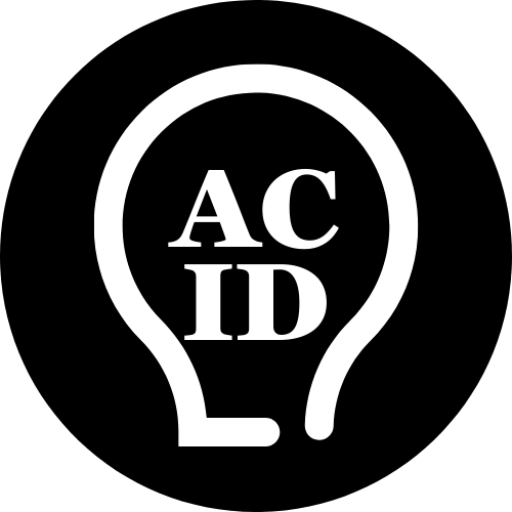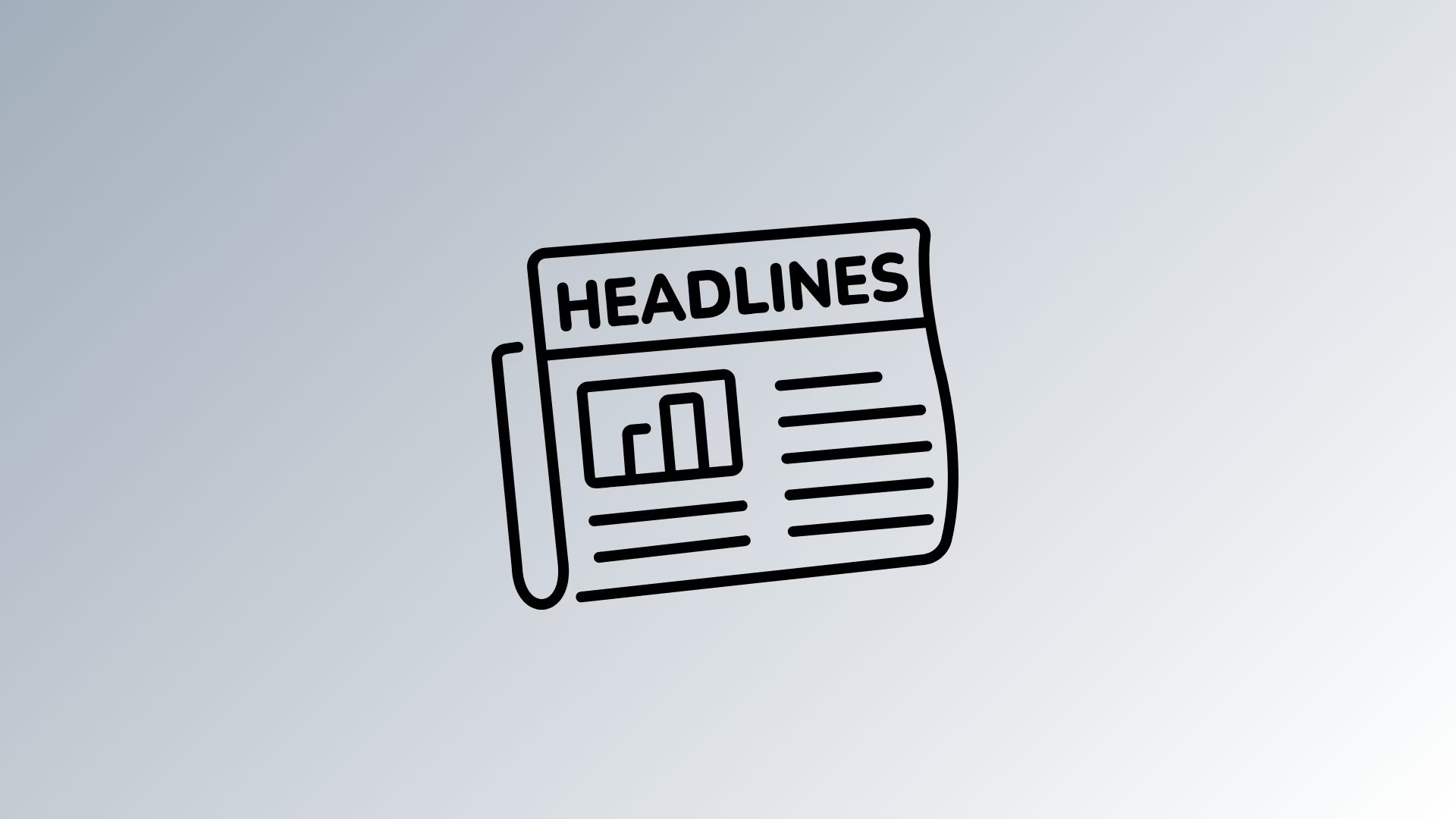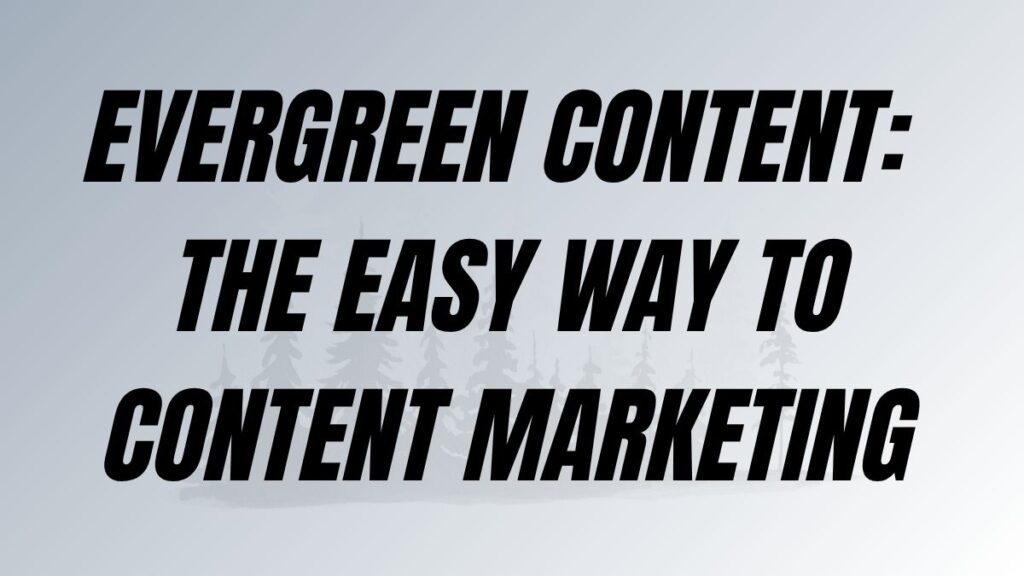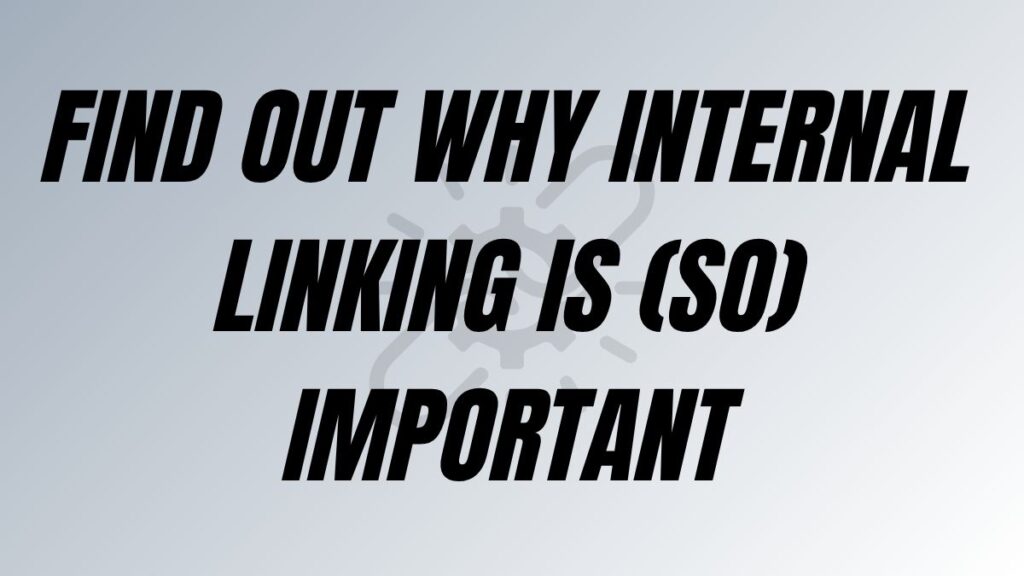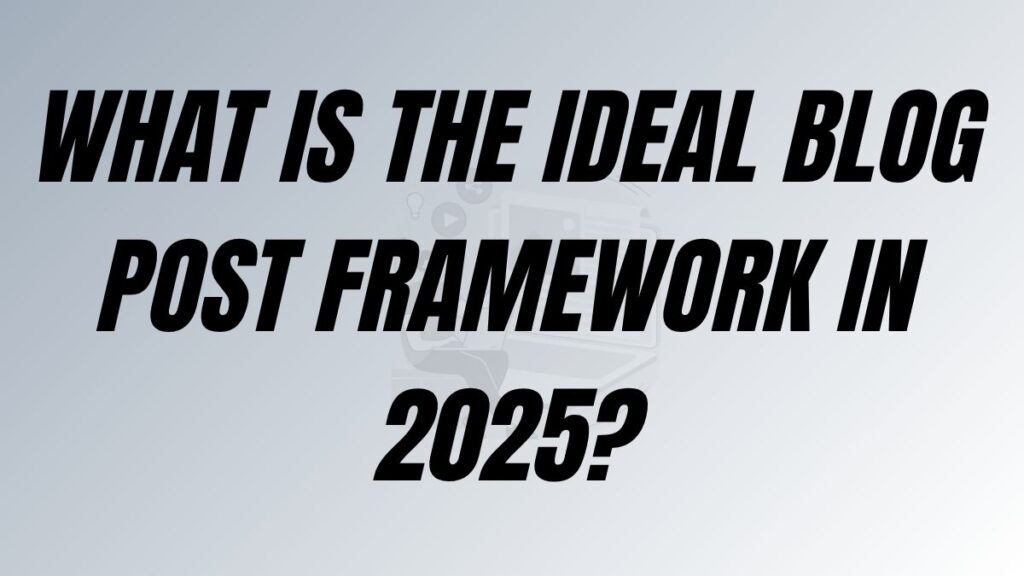Introduction
Think of headlines as first impressions. Just as you remember meeting your partner or in-laws for the first time, a compelling headline is crucial for capturing attention. In a crowded environment, whether browsing a bookstore or scrolling through your phone, headlines are key to making your content stand out.
In digital marketing, the headline stands as the gatekeeper to your content. It’s the initial point of contact, the first impression that determines whether a potential reader will delve into the valuable information you’ve meticulously crafted. For marketing content writers, the perpetual challenge lies in striking a delicate balance: creating article titles that not only capture attention and generate clicks but also maintain credibility and avoid the deceptive tactics of clickbait. This comprehensive guide delves deeper into the nuances of crafting compelling, ethical headlines that serve both the reader and the marketer’s objectives.
Deconstructing the Pitfalls of Clickbait in Headlines
Clickbait, at its core, is a manipulative strategy that prioritizes immediate clicks over genuine engagement and long-term trust. These types of headlines often employ a range of techniques designed to evoke strong emotions or create a sense of intrigue through ambiguity or exaggeration. While they might offer a temporary surge in traffic, the disappointment that follows when the content fails to live up to the hyperbolic promises can severely damage a brand’s reputation and erode audience trust.
Common characteristics of clickbait titles include:
- Exaggerated Claims
Using superlatives and unbelievable statements that the content cannot realistically support. - Vagueness and Mystery
Posing riddles or hinting at shocking revelations without providing any real indication of the topic. - Emotional Manipulation
Playing on fear, anger, curiosity, or schadenfreude in a way that feels manipulative. - Incomplete Information
Deliberately withholding crucial details to force a click. - Sensationalism
Focusing on the extraordinary or outrageous to the detriment of factual accuracy or relevance.
The long-term consequences of relying on clickbait can be detrimental:
- Loss of Credibility
Readers who feel deceived are less likely to trust future content from the same source. - Decreased Engagement
Even if a reader clicks, they are likely to leave quickly if the content is disappointing, leading to high bounce rates and low dwell times, which can negatively impact SEO. - Damage to Brand Reputation
A reputation for using misleading tactics can harm the overall perception of a brand. - Erosion of Audience Loyalty
Building a loyal audience requires trust and consistent delivery of value, which clickbait actively undermines.
Mastering the Art of Non-Clickbait Headline Creation: Expanded Strategies
Creating compelling headlines that drive clicks without resorting to deception is a skill honed through understanding audience psychology, content value, and effective communication principles. Here’s a more in-depth look at key strategies:Deeply Understand and Articulate the Core Benefit
Before even considering headline options, a content writer must have an absolute grasp of the central value proposition of the article. What specific problem does it solve? What knowledge does it impart? What unique perspective does it offer? The headline should act as a concise yet compelling summary of this core benefit, clearly communicating what the reader will gain by clicking.
Elaborated Examples:
- Instead of: “This One Simple Trick Will Change Your Life” (exaggerated and vague)
- Consider: “Unlock Sustainable Weight Loss: Evidence-Based Strategies for Long-Term Health” (clear, benefit-driven, and specific)
- Instead of: “Marketing Secrets Revealed!” (generic and overused)
- Consider: “Boost Your Lead Generation: Actionable Tactics for B2B Marketing in the Next Quarter” (specific audience, clear benefit, and time-bound relevance)
Leverage the Power of Numbers and Data with Context
Numbers and statistics inherently draw the eye and suggest concrete, verifiable information. However, simply including a number isn’t enough. The headline should provide context and hint at the significance of the data being presented in the article.
Elaborated Examples:
- Instead of: “Important Marketing Stats” (vague and unengaging)
- Consider: “7 Key Marketing Statistics That Will Shape Your 2026 Strategy” (specific timeframe and implication)
- Instead of: “Improve Your Website Performance” (general advice)
- Consider: “Triple Your Website Speed: A Step-by-Step Guide to Optimizing Core Web Vitals” (quantifiable benefit and clear actionability)
Craft Direct and Intriguing Questions That Resonate in Headlines
Well-crafted questions can pique a reader’s curiosity and encourage them to seek the answer within the article. The key is to ask questions that are relevant to the target audience’s pain points, interests, or aspirations. Avoid overly broad or sensationalist questions that are unlikely to be answered satisfyingly in the content.
Elaborated Examples:
- Instead of: “Are You Making Mistakes?” (too general and potentially anxiety-inducing)
- Consider: “Are Your Current SEO Practices Outdated? Identify and Fix These Common Errors” (specific problem and solution-oriented)
- Instead of: “Want to Be Successful?” (obvious and unhelpful)
- Consider: “Struggling with Social Media Engagement? Discover 5 Creative Content Ideas That Will Resonate with Your Audience” (specific pain point and promised solution)
Strategically Incorporate Specific and Relevant Keywords in Headlines
Keyword integration in headlines is crucial for search engine optimization (SEO), ensuring that your content is discoverable by users searching for specific information. However, keyword stuffing at the expense of clarity and natural language should be avoided. The goal is to weave relevant keywords into compelling headlines that accurately reflect the article’s content and resonate with the target audience’s search queries.
Elaborated Examples:
- Instead of: “Content Ideas Marketing Business” (keyword-heavy and unreadable)
- Consider: “Fresh Content Marketing Ideas for Small Businesses to Attract More Customers Online” (natural language, relevant keywords, and clear benefit)
- Instead of: “Website Traffic Tips” (too broad)
- Consider: “Proven Strategies to Increase Organic Website Traffic for E-commerce Stores in 2025” (specific audience, clear benefit, and time-bound relevance)
Prioritize Clarity and Conciseness for Immediate Understanding of Your Headlines
In the fast-paced online environment, readers make split-second decisions about which content to consume. Overly long, complex, or jargon-filled headlines are likely to be overlooked. Aim for clarity and conciseness, ensuring that the core message of the article is immediately apparent.
Elaborated Examples:
- Instead of: “An In-Depth Examination of the Multifaceted Influences on Contemporary Consumer Purchasing Behaviors in the Digital Age” (too long and complex)
- Consider: “Understanding Online Consumer Behavior: Key Factors Influencing Purchase Decisions” (clear, concise, and focused)
- Instead of: “The Nuances of Interdepartmental Synergies and Their Impact on Overall Organizational Efficacy” (full of jargon)
- Consider: “Improving Team Collaboration: Practical Strategies for Increased Productivity” (clear benefit and accessible language)
Ethically Inject Urgency or Curiosity While Maintaining Transparency
Creating a sense of timeliness or hinting at unique insights can effectively draw readers in. However, this must be done ethically, ensuring that the content genuinely delivers on the implied promise and avoids misleading the audience.
Elaborated Examples:
- Instead of: “You Have to See This Right Now!” (demanding and vague)
- Consider: “Breaking News: Google’s Latest Algorithm Update and What It Means for Your Website Ranking” (timely and specific implication)
- Instead of: “The Secret They Don’t Want You to Know” (classic clickbait)
- Consider: “Unconventional Marketing Wisdom: Challenging Common Beliefs to Achieve Better Results” (hints at unique insights without resorting to secrecy)
A Deeper Dive into Headline Style Comparison
Expanding on the initial table, let’s explore the psychological impact and long-term consequences of different headline styles:
| Headline Type | Example (Clickbait) | Example (Non-Clickbait) | Psychological Impact | Long-Term Impact |
| Emotional/Exaggerated | This Secret Will Blow Your Mind! Experts are SHOCKED! | Discover Proven Strategies for Marketing Success Used by Top Brands | Triggers initial curiosity and potentially strong emotional responses, but can lead to disappointment and mistrust. | Short-term traffic spike followed by high bounce rates, damaged credibility, and decreased audience loyalty. |
| Vague/Ambiguous | You’ll Never Guess What Happened Next! Prepare to Be Amazed! | Examining Recent Trends in Customer Service and Their Impact on Retention | Creates a sense of mystery but can frustrate users seeking specific information. | Low user satisfaction, poor engagement metrics, and a perception of the content as lacking substance. |
| Data/Specific | The Best Way to Make Money Online (Guaranteed!) | 7 Essential Tools to Boost Your Productivity by 20% (Backed by User Data) | Appeals to logic and offers a tangible benefit, building trust and managing expectations. | Higher quality traffic, increased engagement, and a reputation for providing valuable, data-driven insights. |
| Question-Based | Is Your Business Secretly Failing? Find Out Now! | Are You Using the Right Strategies for Email Marketing Growth in 2025? | Directly addresses potential pain points and invites self |

FAQ About Headlines in Marketing
What is clickbait?
Headlines prioritizing clicks over genuine engagement, often using exaggeration or vagueness.
Why avoid clickbait?
It harms reputation, decreases engagement, and erodes audience trust.
What makes a good headline?
Clarity, conciseness, and clear communication of core benefits.
How to use keywords in headlines?
Weave relevant keywords naturally to reflect content and resonate with search queries.
